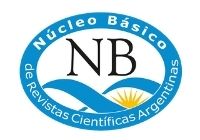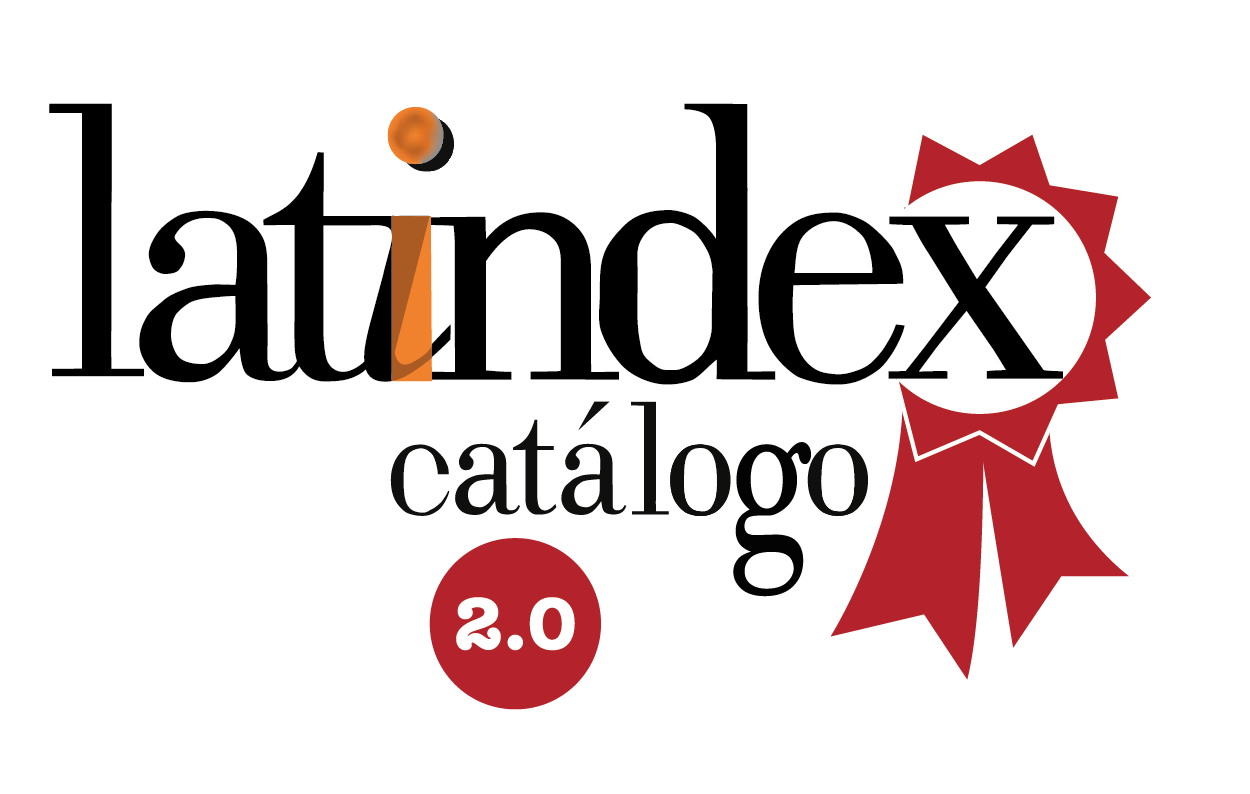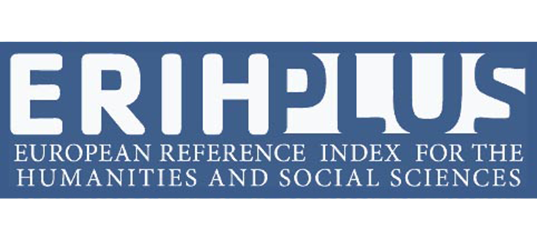Victims identification by the Bucaramanga’s Municipal Committee Against Human Trafficking.
A case analysis
DOI:
https://doi.org/10.35305/cp.vi19.303Keywords:
Human Trafficking, Identification, Victims, CasesAbstract
This article presents the results of a research project that investigated the identification processes of human trafficking’s victims by the Bucaramanga’s Municipal Committe to Fight Human Trafficking. The main objective was to know the processes of victims identification by the Municipal Committee to Combat Human Trafficking of Bucaramanga. To comply with the latter, the research carried out a case analysis. Among the main results, it was found that the victim’s identification consists of three moments: case reception, case analysis and the activation of the assistance route. Regarding the case reception, this is usually passive, that is, through citizen complaints or victims sent by other institutions. Regarding case analysis and assistance route, these are centralized in the functions of the committee’s technical secretariat. In summary, the victim’s identification processes seems to be more of an administrative processes of “case construction” in which the most important task is the “paperwork” for the identification of an alleged victim.
Downloads
References
Aceros, Juan Carlos; Vargas, Jackeline, y Reyes, Johana (2017). Trayectorias territoriales de la asistencia a víctimas de trata de personas. Análisis cualitativo desde la perspectiva de los actores institucionales en Santander. Revista criminalidad, 59(2), 33-48. Recuperado de: http://www.scielo.org.co/pdf/crim/v59n2/1794-3108-crim-59-02-00033.pdf
Alarcón, Nancy. (2016). Escenario para la protección y asistencia a víctimas de trata de personas en Colombia. Derecho y realidad, 14(28), 155-180.
Chetty, Sylvie (1996). The Case Study Method for Research in Small-and Medium-Sized firms. International small business journal, 73-85. DOI: https://doi.org/10.1177/0266242696151005
Department of State (2020). Human Trafficking report. Washington D.C., EEUU.
Diaz, Laura; Torruco, Uri; Martinez, Mildred y Varela Margarita (2013). La entrevista, recurso flexible y dinámico. Investigación en Educación media, 2(7), 162-167. Recuperado de: https://www.redalyc.org/pdf/3497/349733228009.pdf
Glaser, Barney y Strauss, Anselm (1967). The discovery of grounded theory: Strategies for qualitative research. AldineTransaction.
Halaweh, Mohana; Fidler, Christine; y McRobb, Steve (2008). Integrating the Grounded Theory Method and Case Study Research Methodology Within IS Research: A Possible “Road Map”. International Conference on Information Systems (ICIS). Recuperado de: https://aisel.aisnet.org/cgi/viewcontent.cgi?article=1052&context=icis2008
Hernandez, Roberto; Fernandez, Carlos y Baptista, Pilar (2010). Metodología de la investigación. México D.F., México, McGrawHill.
Ministerio del Interior (s.f.). Dirección de Gobierno y Gestión Territorial. Lucha contra la trata de personas. Programa de protección y asistencia. Recuperado de: https://colaboracion.dnp.gov.co/CDT/CajaHerramientas/Caja_PISCC/Proyectos%20y%20Financiacion/Programas%20Nacionales/Ministerio%20del%20Interior/Trata%20de%20personas/Presentacion_DecretoTrata.pdf
Naciones Unidas (2000). Protocolo para prevenir, reprimir y sancionar la trata de personas, especialmente mujeres y niños, que complementa la Convención de las Naciones Unidas contra la Delincuencia Organizada Transnacional. Palermo, Italia.
Organización Internacional de Migraciones (2020). Counter Trafficking Data Collaborative. Recuperado de: https://www.ctdatacollaborative.org/dashboard/global-ctdc-dashboard
San Martin, Daniel (2014). Teoría fundamentada y Atlas.ti: recursos metodológicos para la investigación educativa. Revista electrónica de investigación educativa. 16(1), 104-122. Recuperado de: https://redie.uabc.mx/redie/article/view/727/891
Strauss, Anselm y Corbin, Juliet (2002). Bases de la investigación cualitativa. Técnicas y procedimientos para desarrollar la teoría fundamentada. Medellín, Colombia, Editorial Universidad de Antioquia.
United Nations Office on Drugs and Crime (2018). Global report on trafficking in persons. United Nations publication.
Yin, Robert (2014). Case Study Research – Design and Methods, Applied Social Research Methods. California, Estados Unidos, SAGE publications.











